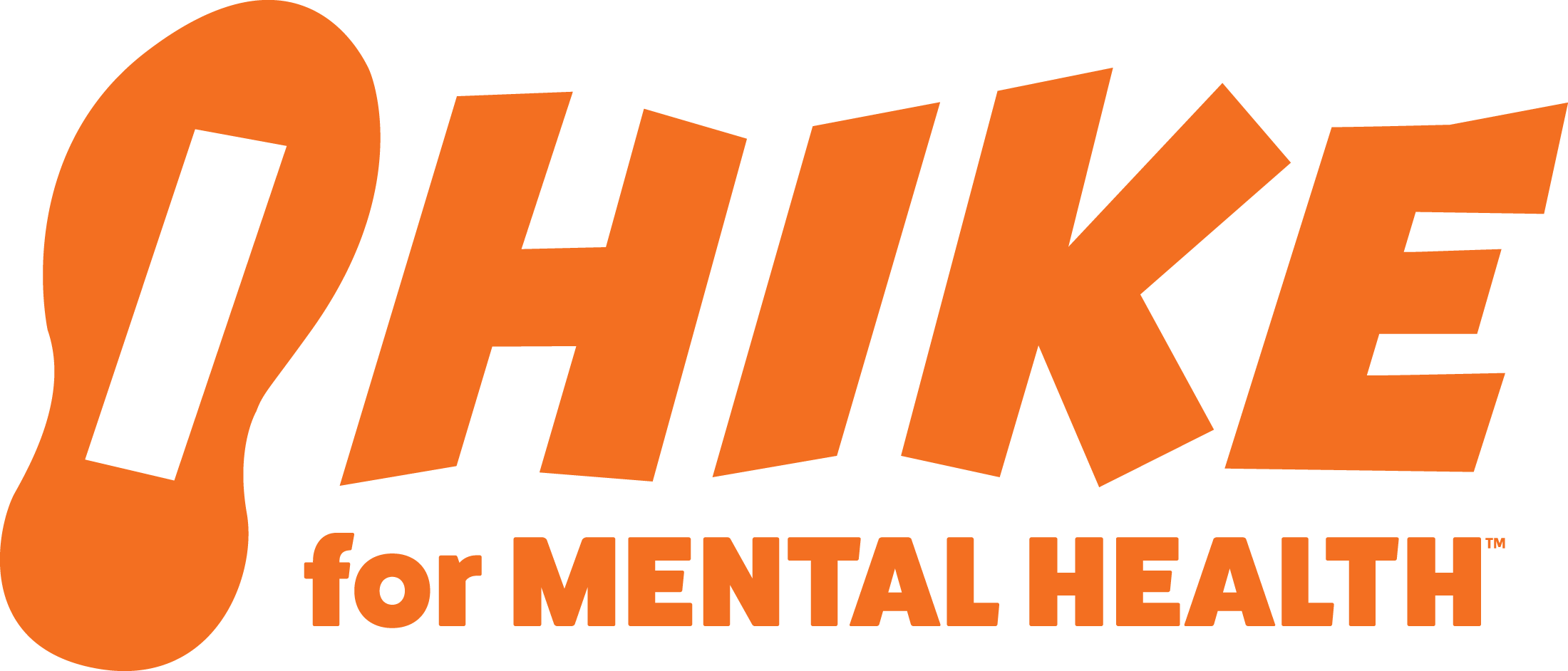Mental Health: An Overview
There is a lot of information available about mental health; so much so that it can sometimes be overwhelming to sort through all of it. With the amount of information available it seems appropriate to share a brief overview of recent data pertaining to prevalence, diagnoses/condition, causes, and treatment of mental health.
Prevalence
According to the CDC
- More than 1 in 5 U.S. adults live with a mental illness
- Over 1 in 5 youth (ages 13-18) either currently or at some point during their life, have had a seriously debilitating mental illness
- About 1 in 25 U.S. adults lives with a serious mental illness, such as schizophrenia, bipolar disorder, or major depression
Mental Health America provides additional data that is specific to various diagnoses or conditions within the United States, and, if you desire, you can view all of that data here. A few points to share:
- Lifetime prevalence of any anxiety disorder = 31.6%
- Adults with a substance use disorder in the past year = 18.1%
- Youth with a substance use disorder in the past year = 8.7%
- Adults with depression = 8.8%
- Youth (ages 12-17) with depression = 19.5%
- Youth with severe depression = 14.6%
While the prevalence of various diagnoses and conditions vary by specific populations, those who identify as multiracial or white are most likely to report mental illness within the past year.
Causes
There is no single cause for mental illness. However, according to the CDC there are a number of factors that can contribute to the risk for mental illness. These include trauma or a history of abuse, chemical imbalances in the brain, biological factors, use of drugs or alcohol, isolation, or other medical conditions. The CDC specifically identifies Adverse Childhood Experiences (ACES) as a possible cause. These experiences include trauma during childhood that can have lasting mental and physical effects on individuals. For more information about ACES, including how common they are, visit this CDC website.
Treatment
Mental health disorders are treatable, and our mental health can change over time. Treatment for mental health diagnoses or conditions are often thought to include therapy and/or medication. However, according to Mental Health America 54.7% of adults with a mental illness did not receive any type of mental health treatment. In addition, 28.2% of adults report they try but can’t get treatment. For youth with depression, 59.8% did not receive any mental health treatment. While this is alarming there are many steps we can take to improve our mental health. Both the NIMH and Medline Plus provide many examples of things everyone can do to care for our mental health. Here are just a few:
- Get regular exercise
- Eat healthy and stay hydrated
- Get enough sleep
- Stay positive
- Practice gratitude
- Connect with others
- Develop coping skills
- Practice relaxation techniques
Key Points
While there is a lot of information about mental health in this article and the linked websites, a few key takeaways are:
- Mental health conditions occur in more than 1 in 5 US adults
- There is not one cause for mental illness
- Mental health disorders are treatable but many children and adults go without treatment
- Self-care can improve our mental health
In addition, don’t forget to view additional resources on our website. Finally, if you would like to see specific topics covered in this blog, leave a comment with your suggestion.



Thank you for sharing this information, Gina. It’s very interesting to know these points.
You’re welcome!